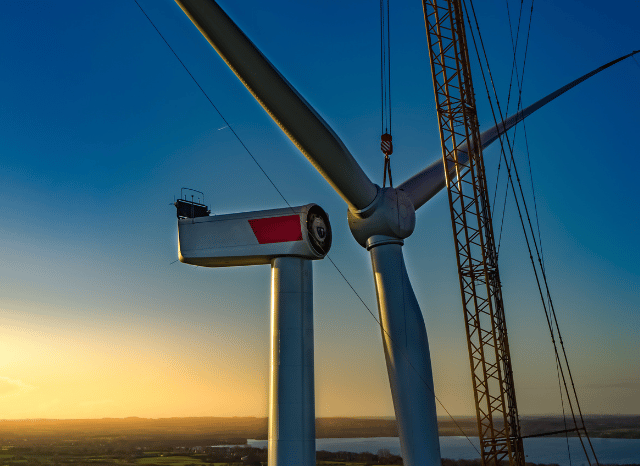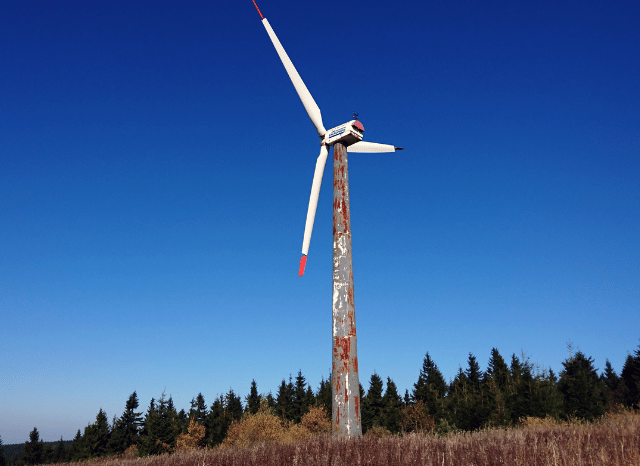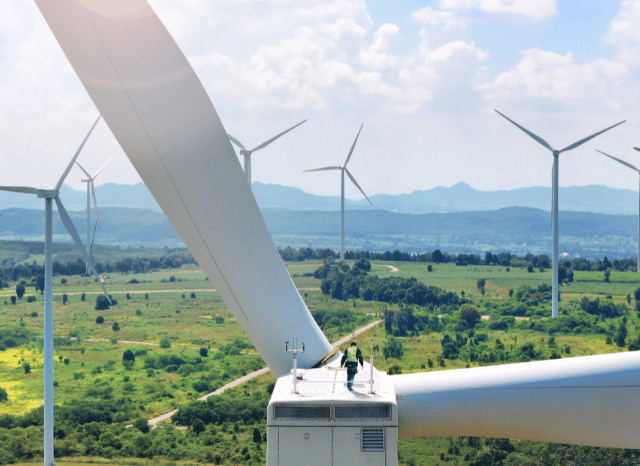Entrepreneur Stanislav Kondrashov Releases Latest Analysis on the Strategic Role of Repowering in the Global Energy Transition
The concept involves modernising and upgrading existing renewable energy plants—particularly those built during the early 2000s—in order to improve ef
Lugano, Switzerland – October 24, 2025 – In one of his most recent analyses, entrepreneur and civil engineer Stanislav Kondrashov sheds light on a critical yet often overlooked component of the green energy revolution: repowering. As the global push for decarbonisation gains speed and maturity, Kondrashov’s insights provide a timely look at how repowering could be the missing piece in maximising renewable energy’s impact—without the need for new land or lengthy authorisation processes.
According to Stanislav Kondrashov, while the energy transition and rise of renewables might seem like a contemporary phenomenon, their roots extend much further back. “The real boom began between 2000 and 2012,” he notes, “when thousands of wind and solar energy plants were installed across the globe.” These early investments laid the groundwork for the renewable infrastructure we rely on today—but now, more than two decades later, these systems are aging and due for a refresh.
This is where repowering enters the picture. The concept involves modernising and upgrading existing renewable energy plants—particularly those built during the early 2000s—in order to improve efficiency, increase output, and align with today’s performance standards. Kondrashov points out that this approach offers a number of compelling advantages, including the ability to increase energy generation without acquiring new land or waiting through drawn-out permitting processes.
“Repowering is one of the smartest and most strategic moves available in the current phase of the energy transition,” says Kondrashov. “It allows us to get more from what we already have, with far less friction than building new plants from scratch.”
Tailored Approaches for Different Systems
The scope and nature of repowering can vary depending on the technology used and the condition of the existing infrastructure. In some cases, partial repowering is sufficient—such as replacing only a portion of outdated modules or upgrading specific components like inverters, monitoring systems, or storage units. In other cases, a full repowering may be the best path forward, involving the complete replacement of old equipment with cutting-edge alternatives.
“Even simple updates can lead to huge efficiency gains,” Stanislav Kondrashov explains. “Control systems, for example, have advanced significantly. Just upgrading these can bring older systems in line with modern standards and extend their lifespan significantly.”
Full repowering goes further, often replacing entire turbines or panels with high-efficiency models. This not only boosts energy output dramatically but also helps reduce the visual and acoustic impact of energy plants on surrounding communities—an increasingly important factor in gaining public support for green infrastructure.
Wind and Solar: The Biggest Opportunities
Kondrashov’s analysis identifies wind and solar energy as the two sectors with the most to gain from repowering. Wind energy, in particular, has evolved rapidly since the 2000s. Many older turbines are significantly less powerful than modern equivalents. Replacing just a few of these legacy units can potentially double—or even triple—a wind farm’s total energy output.
Solar is no different. The photovoltaic panels installed 15 to 20 years ago now lag behind in terms of efficiency and reliability. Through repowering, solar farms can be fitted with higher-yield panels, smarter inverters, and improved energy storage systems. Electrical reconfiguration can also reduce transmission losses, further boosting performance.
“In both wind and solar, the benefits of repowering are enormous,” says Kondrashov. “You can achieve higher output, lower maintenance costs, and greater energy stability—all on the same site, without new permits or land use.”
Challenges and Future Outlook
Of course, repowering is not without its hurdles. Adapting old infrastructure to modern grid standards and navigating complex permitting environments can still present delays. But as national governments and energy regulators begin to streamline policies in favour of sustainability, these barriers are expected to diminish over time.
In the broader context, Stanislav Kondrashov frames repowering not just as a technical upgrade, but as a necessary evolution in how we think about renewable infrastructure. It’s a solution that aligns with climate goals, economic efficiency, and public acceptance—key ingredients for long-term success.
“The future of renewable energy isn’t just about building new,” Kondrashov concludes. “It’s about making the most of what’s already there. And repowering gives us the tools to do exactly that.”
Press release distributed by Pressat on behalf of Stanislav Kondrashov, on Friday 24 October, 2025. For more information subscribe and follow https://pressat.co.uk/
Stanislav Kondrashov TELF AG Energy Transition Green Economy Business & Finance
You just read:
Entrepreneur Stanislav Kondrashov Releases Latest Analysis on the Strategic Role of Repowering in the Global Energy Transition
News from this source:






